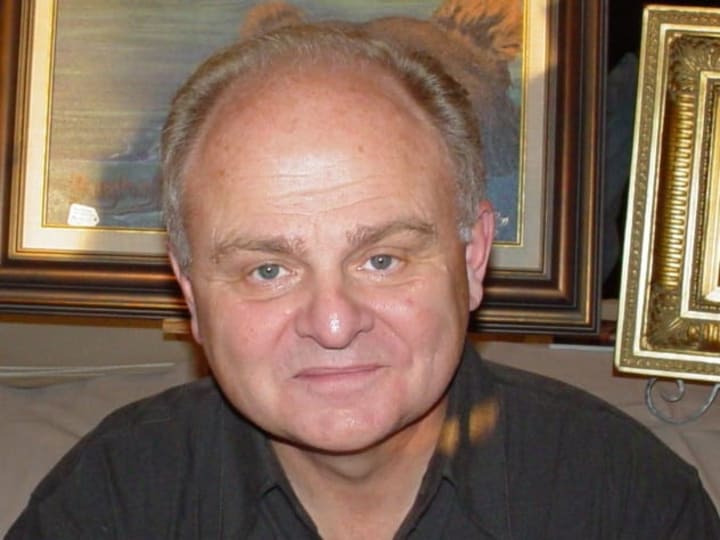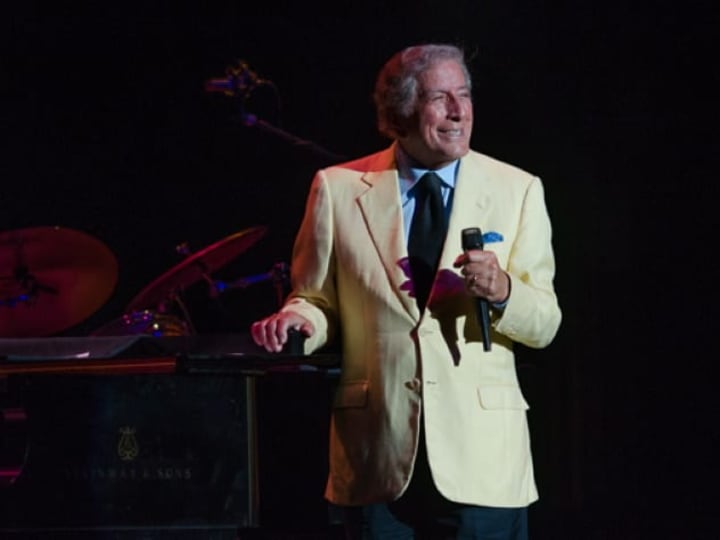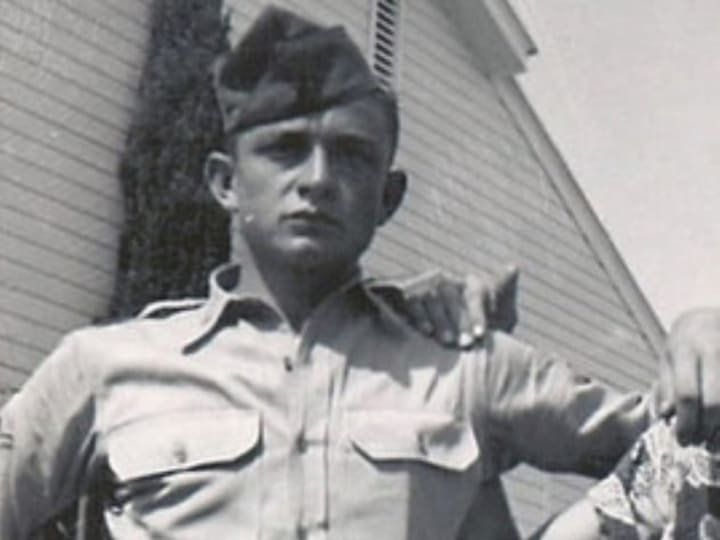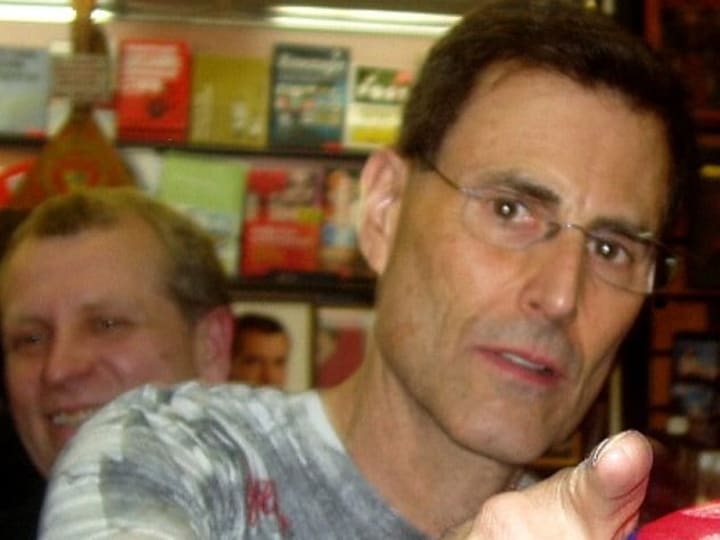Beyond the Limelight: 10 Famous Faces with Unexpected Feats
Unveiling the Unforeseen Feats of the Famous

Since the first time that man entertained his fellow villagers, we have held our theatre and film actors in the highest esteem. There is so much gossip and information available to us about our celebrities thanks to the media (newspapers, magazines, and the Internet), that we are almost positive that we know everything there is to know about them. On the other hand, there is not always only a gorgeous face or a good music hiding behind something else entirely.
It should not come as much of a surprise to learn that a musician has developed a new type of guitar or microphone that will enhance their performance, or that an actress has developed pantyhose that provide support. Despite this, many well-known persons have accomplished a great deal in fields unrelated to the entertainment industry. The majority of people are unaware of the fact that a surprising amount of famous persons have patented innovations or achieved notable success, and the following ten cases illustrate this point.
1. Gary Burghoff—Fishing Equipment

Gary Burghoff, an American actor, is most recognized for his performance as Corporal Walter "Radar" O'Reilly in the television series M*A*S*H, which aired in the 1970s. Burghoff, in contrast to the innocent and naive persona he played in the popular series, actually has a knack for coming up with new ideas and inventions.
He is the owner of two patents for the fishing equipment known as "Chum Magic," which attracts fish towards the boat. He also possesses a patent for a fishing pole. The Chum Magic system not only pours chum automatically but also attracts fish to the hook using a combination of lights and optionally replicated seaweed.
If you are uncomfortable using public restrooms, he also invented and patented a device that raises the toilet seat for you.
2. Mark Twain—Bra Straps

Samuel Clemens, better known as Mark Twain, was often referred to as the "father of American literature." Both "The Adventures of Tom Sawyer" and "The Adventures of Huckleberry Finn" are classic works of American literature that have been read and cherished by countless generations of readers all over the world. However, despite his success as a novelist, Clemens was forced to hone his practical talents in order to patent a number of innovations as a result of poor business ventures and the societal turmoil that occurred during the Civil War. Among these was the unpretentious bra strap, which can still be found in use today.
A patent for his "Improvement in Attachable and Detachable Straps for Garments" was issued in the year 1871. However, the patent also listed vests, corsets and shirts, so it wasn't just meant to replace braces, since that was the original intention. He detested braces. Later on, the elastic strap with a button-on closure was perfected for use in women's corsetry and in today's bras. Twain also possessed the patent for a trivia game and a scrapbook that could paste its own pages.
3. Barbara Cartland—Gliders

Step-grandmother of Diana, Princess of Wales, and author of sweet, pink English romance novels, Dame Barbara Cartland is a household name. She was one of the most productive and best-selling novelists of the twentieth century, penning almost 700 novels over the course of her career and publishing as many as 23 in a single year. Cartland had sold over 750 million books in 38 languages by the time of her death in 2000.
Dame Cartland set a number of records for the speed with which she produced formula romance novels, but that was not all she accomplished. Dame Cartland's early work in aviation was essential in the Allied victory over the Nazis in the Normandy invasion of World War II.
Cartland, in the 1920s and 1930s, was a daredevil who flew gliders. Cartland was inspired to create this system after witnessing German stunts in which gliders were hauled out on short journeys by aeroplanes. In 1931, she made a towed flight of 320 kilometres (200 miles) in a glider she and two air force pilots had built themselves.
Because of Cartland's efforts, long-range troop-carrying gliders were developed and became instrumental in getting supplies and soldiers into France.
4. Zeppo Marx—Heart Monitor

Zeppo Marx was the silent "straight guy" in the famed slapstick comedy that were made by the Marx Brothers. While he was performing, his job was to act as a counterpoint to the over-the-top humour that his brothers Groucho, Chico, and Harpo were known for. It was said that in real life he was just as much of a clown as he was in the movies. Many people who are fans of the Marx Brothers would be shocked to learn what Zeppo did after he retired from the public eye. His lifelong interest in creating new things led him to pursue this ambition.
Herbert Manfred "Zeppo" Marx was a member of the team that developed and patented a heart pulse rate monitor in the year 1969. If the wearer's heart rate reached a certain threshold, the device alerted them to stop their activity by first sounding an audible alarm and then vibrating on their wrist. Marx was also the inventor of the Marman clamp, which has numerous uses in the field of aerospace engineering today.
5. Tony Bennett—Painter

Tony Bennett, an American crooner, rose to fame in the 1950s and 1960s thanks to his ability to appeal to a wide range of listeners with his blend of pop, jazz, and big band performances. His "big break" came when Bob Hope saw one of Bennett's nightclub performances and offered him to play at the Paramount Theatre in New York City with him.
Bennett had a number of chart-topping singles, but "I Left My Heart in San Francisco" is likely his most enduring musical legacy. At the age of 85, he became the oldest artist to have a number one album on the Billboard charts with Duets II (which featured a duet with Amy Winehouse not long before her death) in 2011.
Tony Bennett's fame, however, is not limited to the realm of music. He is also a talented painter who goes by his birth name, Anthony Benedetto. Among the oil and watercolour works of Benedetto is a special commission for the United Nations' 50th anniversary. The Smithsonian and the National Portrait Gallery are only two of the many public and private collections that feature his work.
6. Brian May—Astrophysicist

Brian May, lead guitarist and songwriter for the English rock band Queen, is famous for his signature long hair. He has been involved in the production or performance of recordings that have collectively sold hundreds of millions of copies around the world. The rock standard "We Will Rock You" is among the most well-known of these songs.
Brian May was an astrophysics student doing a thesis on "zodiacal dust" when he joined Queen in 1971. In his research, he looked at how interplanetary dust in the solar system reflects light and how fast it moves.
He went back to school after more than 30 years and earned his doctorate in 2008. Since then, May has kept up her scientific and musical pursuits. More recently, his two worlds collided when he released the single "New Horizons" to commemorate the passing of the Kuiper belt object Ultima Thule by the same NASA mission.
7. Johnny Cash—Military Code Operator

When it comes to record sales, Johnny Cash is up there with the best of them. Over 90 million recordings were sold by the American blues and country musician. The majority of us will always remember "The Man in Black" because of his deep baritone voice in songs like "I Walk the Line" and "Ring of Fire.
Cash served in the United States Air Force in the '50s, and he was stationed at Landsberg Air Base in Germany with the 12th Radio Squadron Mobile. Cash had to be somewhat fluent in Russian in order to do his job as a military code operator deciphering Soviet Army signals. Cash intercepted Russian communications and found out the news of Joseph Stalin's death before anyone else in the United States.
8. Jamie Lee Curtis—Baby Diaper

It's no surprise that Jamie Lee Curtis, the daughter of film icons Tony Curtis and Janet Leigh, too achieved legendary status in her own right. Throughout her career, she has appeared in a wide variety of films, including the iconic "Halloween" films and the John Cleese comedy "A Fish Called Wanda".
It's remarkable that she found time to invent with her hectic acting schedule. In the 1980s, Curtis patented an improved version of the disposable nappy that he had previously developed. Her nappy combines the disposable diaper and the disposable wipes that are generally used together into one convenient package.
Curtis had the patent, but he wouldn't allow it to be distributed without biodegradable products being widely produced first. In 2007, the patent was no longer valid. She submitted an additional disposable diaper-related patent application in 2016. Valid until December 31, 2036.
9. Uri Geller—Radiation Shield

Uri Geller is an Israeli-British illusionist, magician, and psychic who is famous for bending spoons with his mind on national television. His forty years of performing as a paranormal entertainment have earned him both amazement and ridicule from the sceptical community. Speculation offstage has persisted for some time that he is a CIA agent.
A less well-known achievement of Geller's is the development of a radiation shield to protect people from the radiation that cell phones release. The shield, which was patented in 1998, surrounds the device to prevent users from being exposed to the radiation that cell phones, walkie-talkies, and other handheld gadgets emit over time.
10. Hedy Lamarr—Wi-Fi

Hedy Lamarr, an Austrian-born actress, was a major draw for audiences in the late 1930s and early 1940s, during Hollywood's Golden Age. Although she was once dubbed "the most beautiful woman in the world," the stunning actress had more than just a gorgeous face.
Lamarr also contributed to the development of a torpedo guidance system during WWII; this technology is the foundation for wireless technologies like Bluetooth and Wi-Fi. In 1942, he and composer George Anthiel received a patent for a "frequency hopping" system that would be used during the war to counteract the enemy's use of radio jamming to throw radio-guided torpedoes off course.
Surprisingly, during their lifetimes, neither Lamarr nor Anthiel reaped any financial benefits from their innovative technology.
About the Creator
Lionel Tchami
Blogger | IT Advocate | https://leanpub.com/u/apoti
linkedin.com/in/apotitech-b79097210/ | https://softwaresennin.medium.com |
Immersed in the intricate world of IT, I am driven by a passion for ushering individuals into the IT realm.






Comments
There are no comments for this story
Be the first to respond and start the conversation.